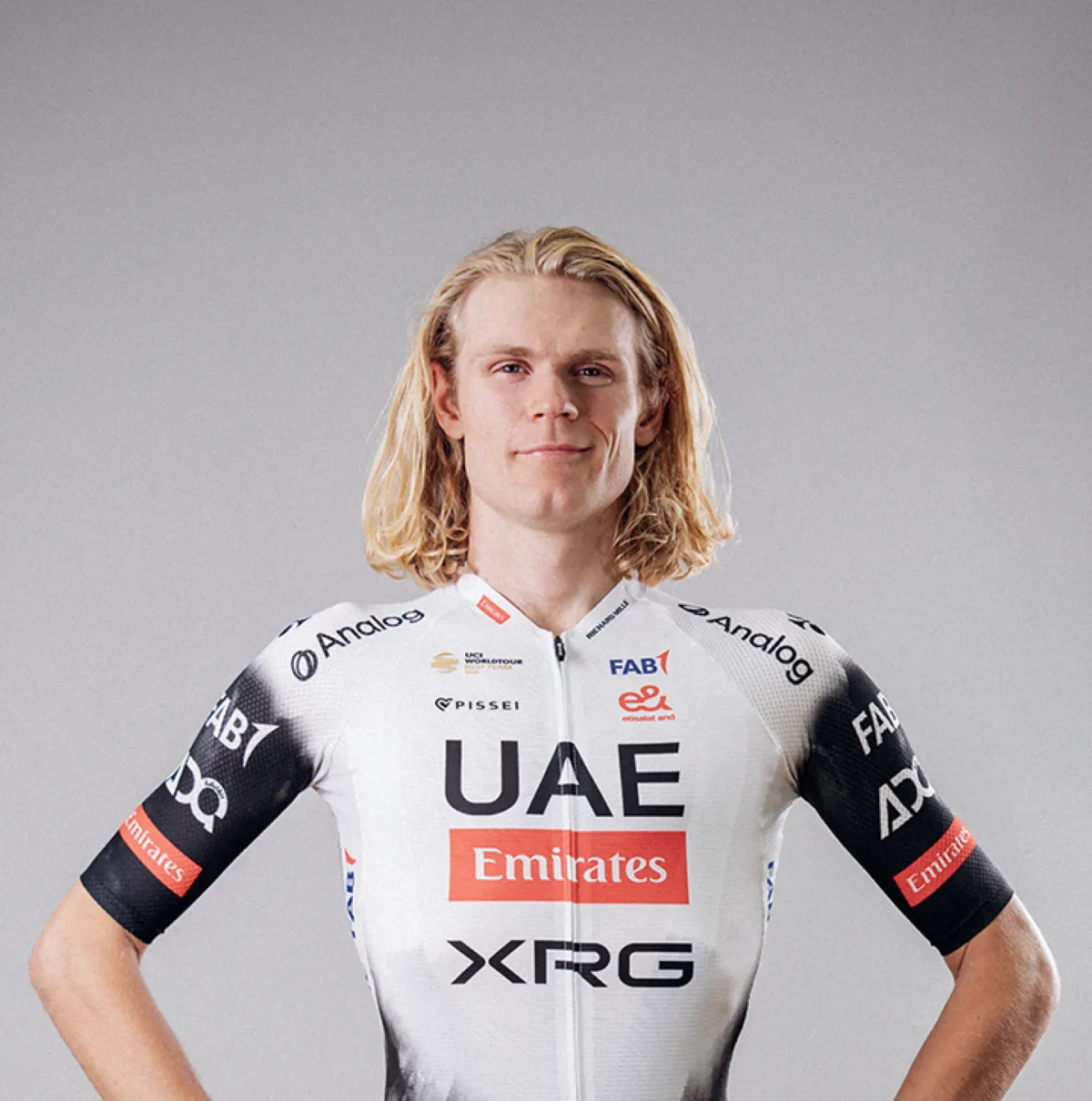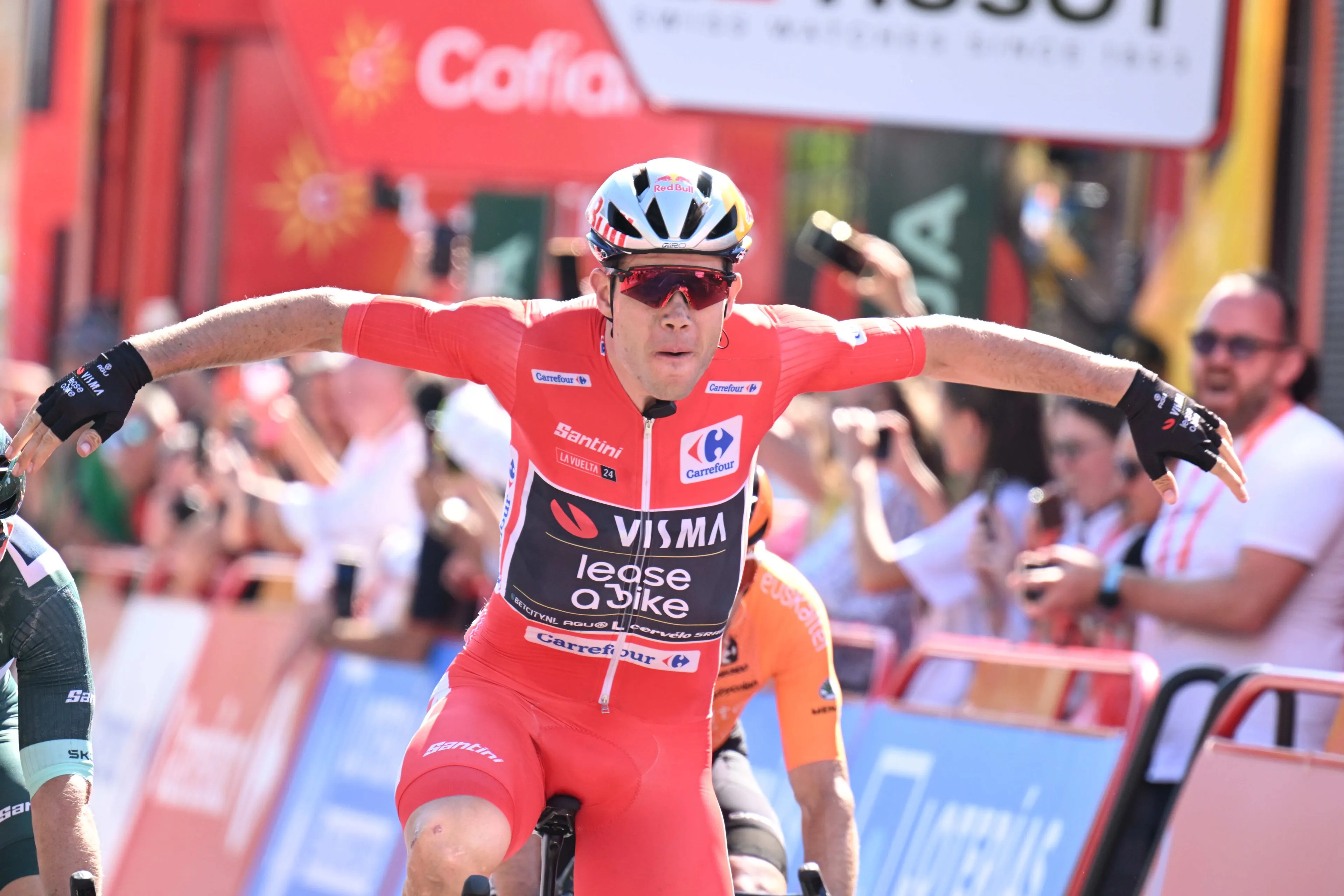Visma | Lease a Bike also discusses tricky topic: "That cost Red Bull millions, for example"
CyclingFriday, 17 January 2025 at 10:27

Just before the start of the 2025 cycling season, the UCI issued a press release on Thursday. "Measures to promote safety in road races: the UCI provides an update," the headline read. Safety is a tricky topic after everything that 'happened' in cycling in 2024, as we could also conclude after the media day of last year's troubled Visma | Lease a Bike, where the managers already talked at length about the subject.
First of all, what did the UCI announce on Thursday? First, with SafeR—the body with safety in mind that was presented in 2023—much research has been done. Several (potential) measures emerged from those investigations: the extension of the so-called 'three-kilometer rule,' the feed zone regulations, and calculating time gaps for stages with a bunch sprint finish were also simplified in the new sprint zone protocol, and the yellow-card system, which will come into effect next season.
In addition, changes in the rules regarding earpieces (there are only two riders per team now), the guidelines for using barriers in the final phases, the behavior of riders in full sprint, and certain equipment solutions, such as airbags, rim height, handlebar width, and gear restrictions, will continue to be investigated. Also, courses will be controlled even more rigorously with software.
UCI foreman David Lappartient got a chance to have his say. "The safety of riders is a priority, both for the UCI and for all those involved in men's and women's cycling. Launched in 2023, SafeR now has a solid structure and is progressing with rigor and professionalism toward the implementation of initiatives that will make road cycling safer for its key players, the riders."
"The tests carried out to evaluate various measures developed by SafeR demonstrate not only the obvious need to develop our rules and protocols, but also our excellent collaboration with organisers, teams and riders. We are all united in the cause of safety and will continue to make progress in this direction in 2025 and beyond," the Frenchman said.
Read more below the photo!
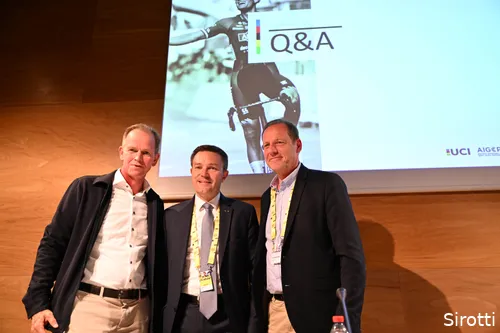
Plugge criticizes political considerations in safety discussion
Two days earlier, Richard Plugge, prominently present at the 2023 SafeR announcement, cited the advisory body in conversation with IDLPRoCycling.com and others. "There is a very nice plan, but ultimately, it has become a political construction where people point at each other again. Safety has to be uncompromising. Now, the attention is shifted to the riders' speed, but guys, get rid of that curb on the tour that caused Primoz Roglic and Alexey Lutsenko to crash. And that costs Red Bull, for example, a top ranking in the Tour and thus millions in losses."
The CEO of Visma | Lease a Bike can relate, having had to do without leaders Wout van Aert and Jonas Vingegaard for much of 2024. "Therefore, in my opinion, it is essential that we make races safer. So that the riders can crash more safely and with fewer consequences. Jonas is a prime example of someone who crashed where it could have been safer. And it also happened to others, like Jay Vine."
So how is that different? "That's up to the sport and the UCI to impose that on the organizers. It is annoying, though, that other things are pointed at every time and not at that. But that is out of our control. What is within our control, though, is what we can change about it ourselves. There have also been times when our riders say that they could have ridden a little more relaxed, so we did take a good look at that."
Read more below the photo!
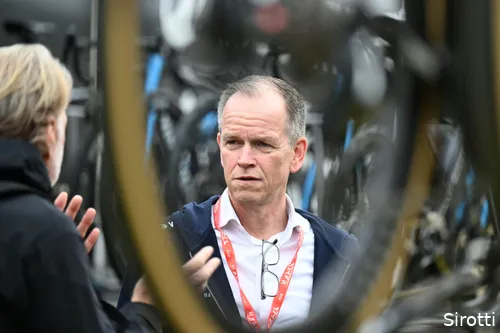
Visma | Lease a Bike takes action to reduce crashes
"We are primarily looking at what we can do to prevent crashes," said the Dutchman. "So we started looking within the team at crashes and illnesses. So, we are working on it with cognitive testing, exercising, and so on. It has happened not only to us but also to other teams. You can see that again now with Remco Evenepoel, who will be out for a while."
Head of Racing Grischa Niermann also clarified the actions taken by the Dutch team. "You can say: we have had a lot of bad luck, and it will be better next year. For a large part, that is true if you look at our big crashes. But we can also improve things further. We also want fewer ill riders; we want to advise them to use headlights for training, and so on. That doesn't mean you'll never have an accident, but maybe it can avoid two out of 10 crashes. And we're figuring that out."
"The teams are willing to put money into this. Even if they only keep one extra rider a year, it's worth it to them. It has to do with the decisions: do they want to deal with it or a little bit political,' Plugge states in his speech. He mentions other sports where it is apparently possible. 'MotoGP bikes go five times as fast. But anyway, we finish in front of a city hall where we cannot go by car because it is too dangerous. Where you can't go faster than twenty kilometers per hour, but we arrive there at a speed of seventy."
Read more below the photo.
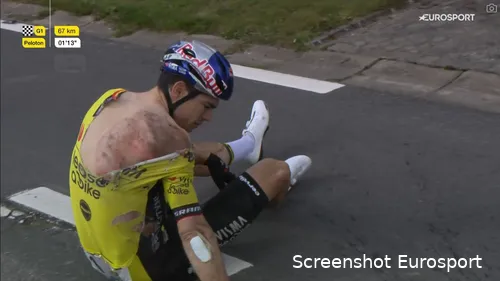
Van Aert started mental coaching and concentration training after crashes
Wout van Aert now also knows what the consequences can be. "You crash, and then a minute later, you realize how many fractures there are. If we can work on safer races, where the consequences of a crash are less, that would already be wonderful." He, too, refers to the MotoGP as an example. "He flies off his bike at 200 kilometers per hour and has nothing. Then they say we ride too fast, but we ride 'only' 60 kilometers per hour. If we crash, then, of course, we have something. Because we ride in a tiny lycra outfit."
"I think it is less of a priority for some than others, but things can only change if there is a will and public opinion changes," stated the Belgian rider. "I feel that more pressure is needed from organizers, UCI, and certain authorities before they understand how big the problem is. We sometimes keep finishing at dangerous points or doing risky descents."
"In the Vuelta, I did a descent that was full of gravel," he remembers. "Then the response is that they tried to clean it, but it's up to them to ensure it's okay. It starts with all the environmental factors, and I'm also in favor of exploring how we can protect ourselves better."
Van Aert is an example of a rider looking in the mirror. "I personally felt last year after that crash in Dwars door Vlaanderen that I crashed several times and didn't recognize myself in those moments. I was making mistakes, being unfocused, and lacking confidence. We tried to work on that," he indicated. "You have mental coaching or concentration training; we did look at things like that. I believe in that and will work hard on it."
"But with the two crashes with major consequences last year, I'm quite convinced that I couldn't do anything about it, so I'm also particularly hoping that things will be more cooperative."
"I can ride with an open mind, but it took me a long time this winter," says the Visma | Lease a Bike leader. "It plays a lot more in my head than before, but that's also because you have a different life than 20 years old. I have a passion for cycling and want to win, so I would become unhappy if I no longer had the guts to throw myself into a downhill race. It used to be cool for me to dive down hills, too, but now it's more part of my job. When I was 18, I sometimes tried grabbing a KOM in a descent. I wouldn't do that now either," he concludes with a striking example.
Read also
IDL-productions

Bouwman not afraid to change at 32 after first disaster year outside of Visma: 'Have to be honest with myself'
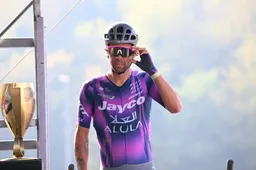
Sanremo, a world title and the yellow jersey: Michael Matthews escaped death - and that reignited his spark
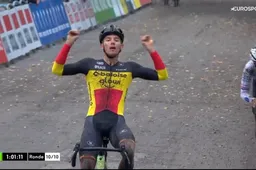
Unlike road colleagues Van der Poel or Van Aert, Nys rides twice as many cyclo-crosses: 'He doesn't want to ride only ten cyclo-crosses'
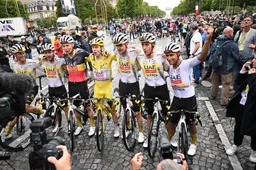
95 (or was it 97?) wins and a new record year, but losing that one race still hurts UAE Team Emirates - XRG

Former cyclocross world champion recalls wonderful memories of young Nys: "Back then we thought: that's not going to work out"
Latest Cycling News
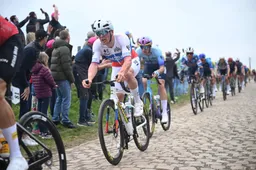
Unibet Rose Rockets and Kubis proved their colleague's wrong: 'We got zero respect'
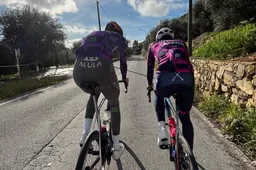
'I miss you, little brother'; Emotional words of Jayco-rider after tragic loss of friend and young talent (19)
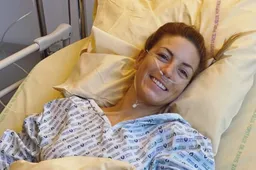
How a nearly untraceable issue almost made Ferrand-Prévot retire: 'It easily ruined two years of her career'
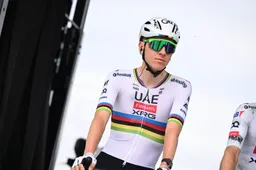
Tadej Pogacar again aims for Roubaix win... With help from F1 driver Sainz? 'Know I'm in good hands'
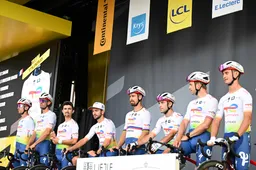
TotalEnergies slammed over former Lotto-chief appointment: 'Has abandoned his teams more often than he has helped them'
Popular Cycling News

How a nearly untraceable issue almost made Ferrand-Prévot retire: 'It easily ruined two years of her career'

Tadej Pogacar again aims for Roubaix win... With help from F1 driver Sainz? 'Know I'm in good hands'

'I miss you, little brother'; Emotional words of Jayco-rider after tragic loss of friend and young talent (19)

'We're not freelancers'; Primoz Roglic responds to choices within Red Bull, but also leaves opening

TotalEnergies slammed over former Lotto-chief appointment: 'Has abandoned his teams more often than he has helped them'
Latest Comments
- Those events are mental rest for him. Fun, without expectations. *Sagan lost his abilities because he gained weight and got lazy. Pogi will likely retire before that has a chance at happening.Veganpotter14-12-2025
- Ah, the consequences of riding for Israel.Veganpotter11-12-2025
- Pidcock could follow everyone but Pogi while finishing 3rd. No second place rider this season😃Veganpotter16-11-2025
- Now the Palestinian protestors can stop their whining. Trump came to the rescue. So they can now STFU and go back to waving the rainbow flags.raufus15-10-2025
- Cracked the code lol. If it was that easy to 'crack the code' jonny Vegas would be charging up the Kwaremont giving Pog a dose of his medicine. Evenepoel can't match pog on a climb and neither can mvdp. Anything with a half difficult climb and Pog smashes the field. Even on flat(ish)parcours like Roubaix it came down to a mistake and crash by pog to definitively crown mvdp. MSR is the only one that Pog probably won't win.kevpt10-10-2025
- We've seen this movie before. I think Pogacar is doping.DeadBlow10-10-2025
- 👍Bea08-10-2025
- 👌🏻Bea08-10-2025
- What the data doesn't show is how much of an effect drafting had for evenepoel. Pogacar went with del toro at 100km whilst Evenepoel was still in the bunch. Despite the bike changes he still had a lot of assistance getting back to the bunch. Pogacar then rode 60km solo whilst evenepoel rode with Healy/Skjelmose until going solo in thd last 10-15km. Thats ~20% less power / energy requirements for 45-50km. Apples and oranges...kevpt30-09-2025
- 👏👏Bea24-09-2025
Loading
